[/caption]
As the Space Shuttle program quickly winds down, one of the lesser known facts is that the public can get a free bird’s eye view of the ocean retrieval of the mighty Solid Rocket Boosters which power the orbiters majestic climb to space. All you have to do is stand along the canal of Port Canaveral, Florida as the rockets float by on their journey to a processing hanger at Cape Canaveral Air Force Station.
And if you own a boat you can sail right along side for the thrilling ride as the boosters are towed by ship from the Atlantic Ocean into the entrance of Port Canaveral. It’s the same route traveled by the humongous cruise ships setting sail for distant ports on Earth.
NASA’s Navy has recovered the twin Solid Rocket Boosters (SRB’s) used during space shuttle Discovery’s final flight. See my photo album above and below.
The two SRB’s and associated flight hardware are retrieved after they splashdown in the Atlantic Ocean following every shuttle launch by the NASA owed ships named Freedom Star and Liberty Star.
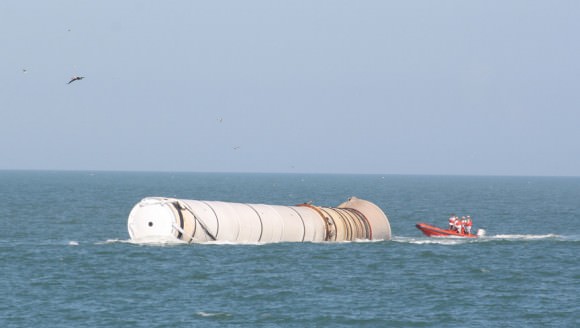
Freedom Star and Liberty Star are stationed about 10 miles from the impact area at the time of splashdown. The ships then sail to the SRB splashdown point and divers are deployed to attach tow lines, haul in the parachutes used to slow the descent and install dewatering equipment.
Each vessel tows one SRB all the way from the Atlantic Ocean into Port Canaveral and then through the locks to Cape Canaveral Air Force Station. After the spent segments are decontaminated and cleaned, they will be transported to Utah, where they will be refurbished and stored, if needed.
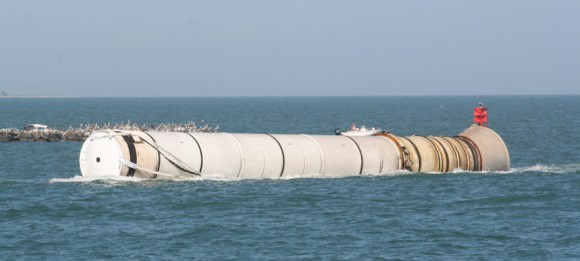
The unique ships were specifically designed and constructed to recover the SRB’s. The SRB’s separate from the orbiter about two minutes after liftoff. They impact in the Atlantic about seven minutes after liftoff and some 100 nautical miles downrange from the launch pad off the Florida coastline.
The STS-133 mission was launched from pad 39A at NASA’s Kennedy Space Center on Feb. 24 on Discovery’s 39th and last space flight. Landing is slated for March 8 at 11:36 a.m. at KSC.
The all veteran six person crew has successfully attached the Leonardo storage module and completed two space walks. Leonardo is packed with the R2 humanoid robot and tons of science gear, spare parts, food and water.
Photo album: Recovery and Retrieval of Solid Rocket Boosters from Space Shuttle Discovery’s final flight to space on STS-133 mission.
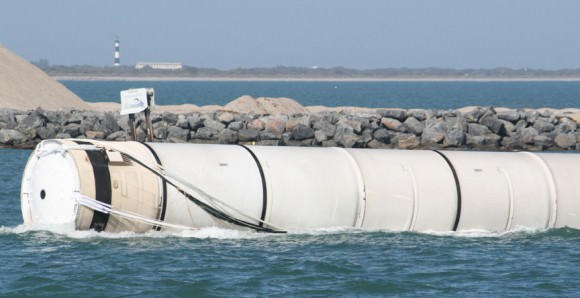
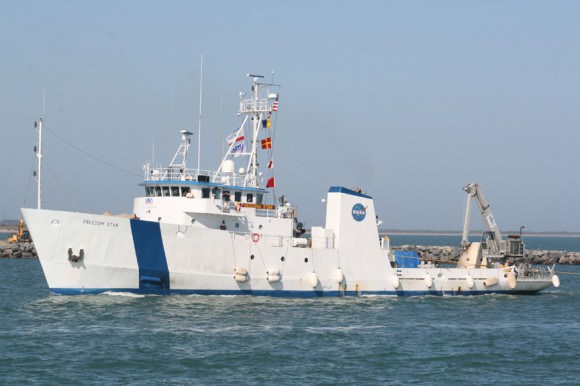
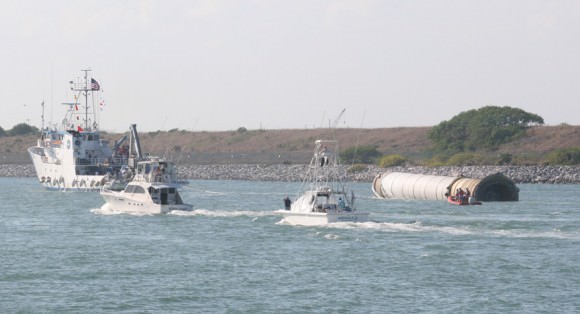
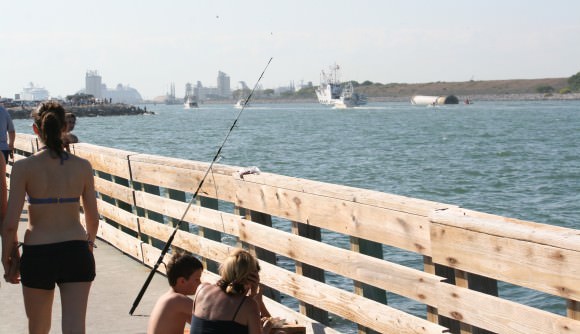
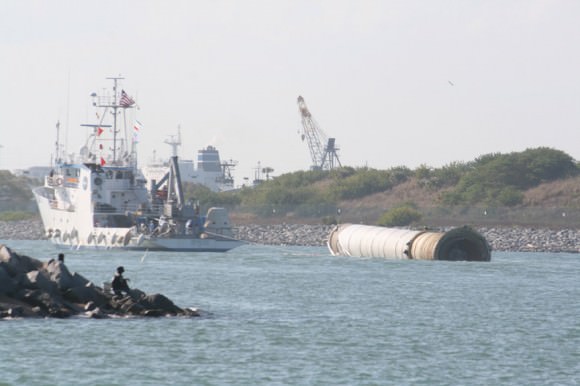
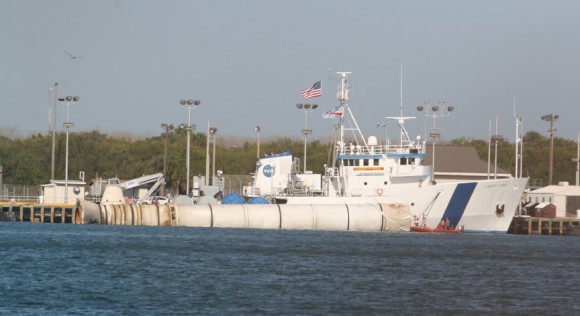
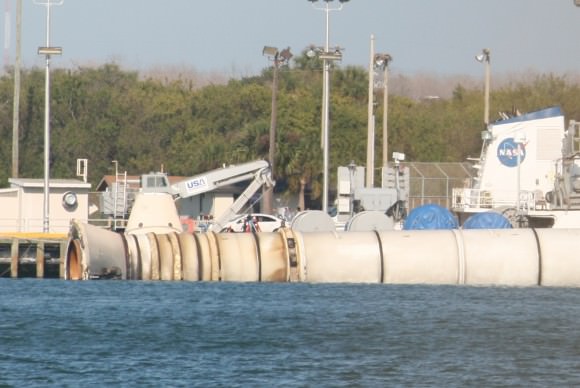
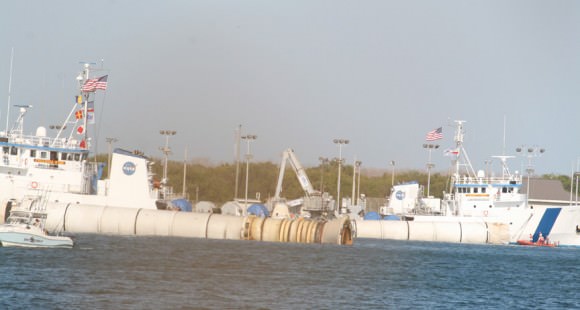
docked in Port Canaveral. Both of NASA’s SRB retrieval ships are pictured here with boosters alongside. Credit: Ken Kremer
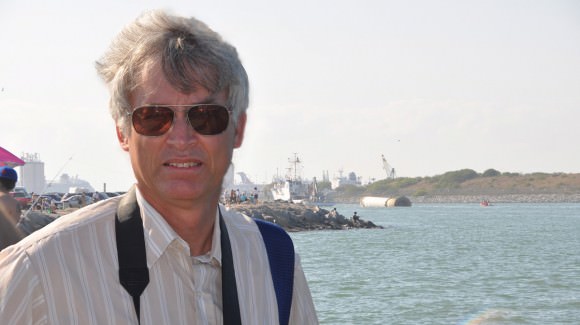

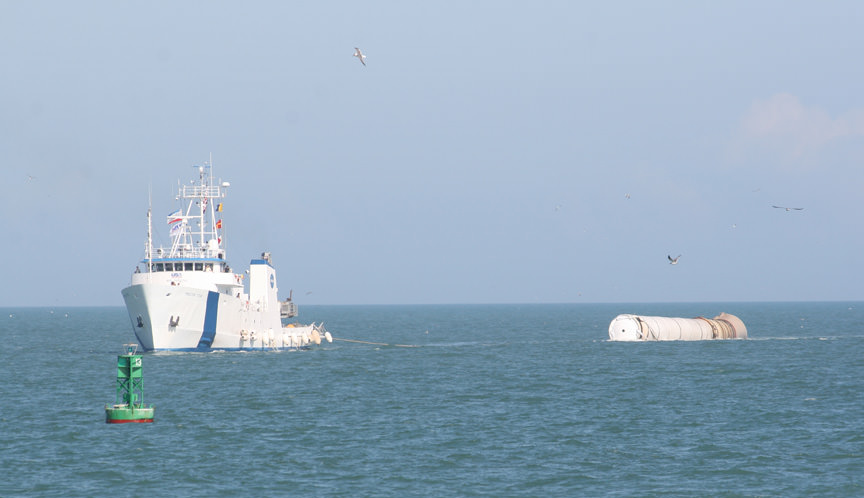
“…they will be transported to Utah, where they will be refurbished and stored, if needed.”
I like the ‘if needed’ part of this comment…. which begs the question: How serious is United Space Alliance about continuing to launch shuttles with industry or private funding? Has Morton Thiokol and/or ATK (et al) made any further comments about that?
Interesting story, but as i asked before.
Will this unique perspective of reminiscing about this on-going historic space soap opera saga ever end?
It seems some do want cling to hope of the Shuttle will resurrected somewhere down the track.
exactly. they have been speaking about the end of the shuttle program for so many years now…
“The unique ships were specifically designed and constructed to recover the SRB’s. The SRB’s separate from the orbiter about two minutes after liftoff. They impact in the Atlantic about seven minutes after liftoff and some 100 nautical miles downrange from the launch pad off the Florida coastline.”
What do ya suppose was “specifically” designed into what looks to me like a typical deep water tug that performs repairs and towing tasks all over the worlds oceans. I can’t imagine that an SRB would be any more difficult to rig and tow than say a submarine for example. Yes I witnessed a sub being towed into the San Diego shipyard some years back. I’m sure there are a number of towing companies that would have loved a contract. Wonder what those puppies cost the NASA program?